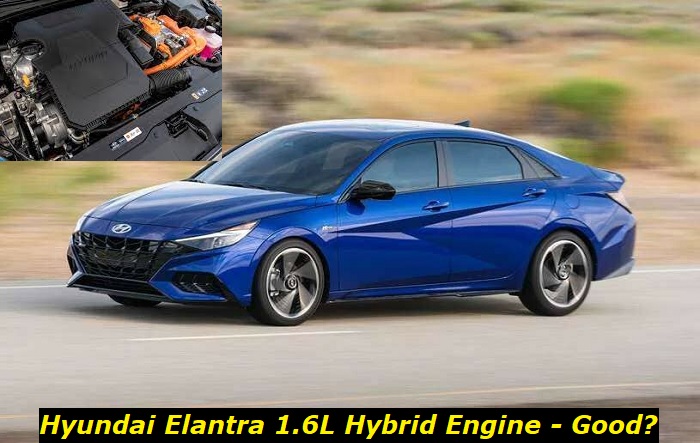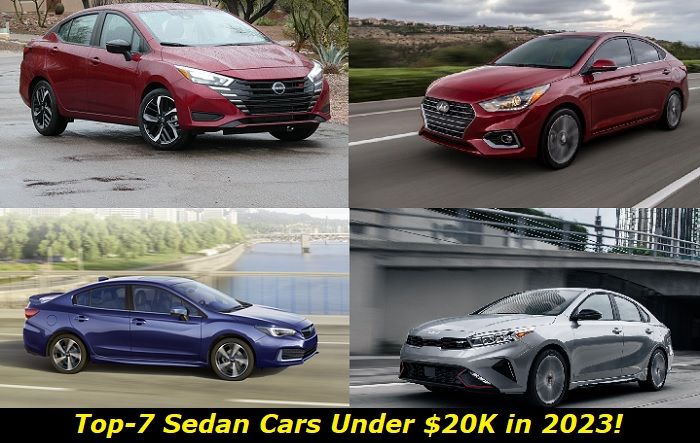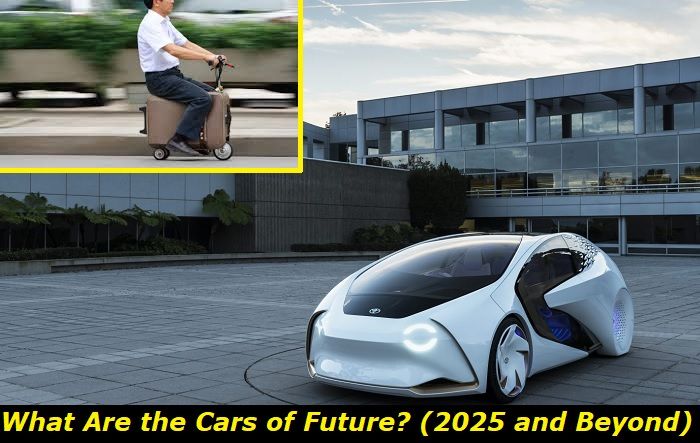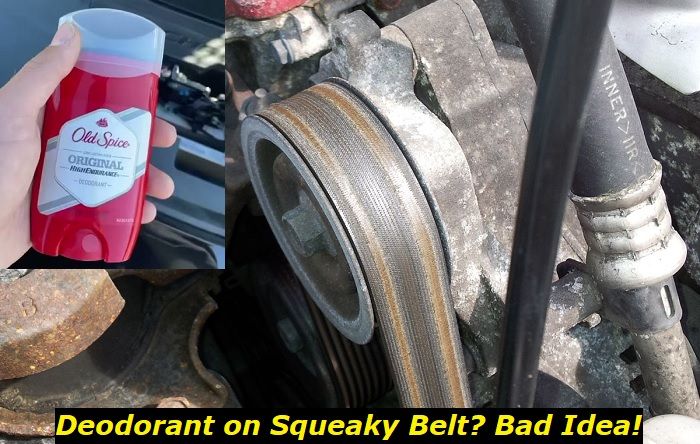The new Elantra struggles to get buyers to pay money for it. Within the last decade, the vehicle was gradually losing its popularity and now sells about twice as fewer cars a year as before. But the Elantra Hybrid still draws some attention with its reasonable powerplant and cool design as well as with a lot of tech onboard.
Today, we'll tell you more about the 1.6L Hybrid powerplant in the new Hyundai Elantra and will try to see if this is a good value for money. The hybrid engine doesn't seem bad and we see that people buy more and more Elantra Hybrid cars choosing the more expensive Limited trim over the relatively affordable Blue. The difference is about $5,000 and this money you'll pay mostly for better tech.

Key facts and my opinion about the engine
- Production years: 2016-now
- Average lifespan of G4LE: 190,000-210,000 miles
- Fuel supply type: direct injection
- Power range: 139 hp
- Fuel efficiency: excellent
- Engine block material: aluminum
- Engine reliability score: medium
- The most common problems: coolant leak recall for first years, carbon buildup on intake valves, timing chain problems.
Key facts about the hybrid powerplant in the new Elantra
So, both hybrid trims of the Elantra share the same powerplant. It's the 1.6L engine belonging to the Smartstream G family mated to a single electric motor that can develop 42 horsepower. The electric motor can work independently of the gas engine but only at a parking-lot speed. It's not the plug-in hybrid, so you can't charge it from a grid.
The engine charges the 1.3-kWh battery pack that is located under the rear seat. Driving the Elantra Hybrid feels cooler than driving the non-hybrid version because the center of gravity is much lower thanks to the battery and this makes your steering sportier and the car feels very stable on the road.
Here's what we should say about the engine itself:
- the G4LE powerplant consists of the Smartctream G1.6 engine and one electric motor, as well as the Li-Ion battery pack with 1.3 kWh of capacity;
- the engine is codenamed G4LE or G4LL - hard to say now which version is used in the Elantra, but they are almost identical, anyway;
- the engine has direct injection, 1.6 liters of displacement, develops 105 hp and 139 hp combined with a 42-horsepower electric motor;
- the engine works in Atkinson cycle and is pretty economical even without the electric part;
- the engine has the traditional for Smartstream powerplants Dual CVVT valve control system and the timing is driven by a chain;
- the powerplant is mated to a 6-speed DCT transmission engineered by Hyundai - it's an unusual choice, as most hybrids use e-CVT units;
- the claimed gas mileage is 53 MPG in the city and 56 MPG on highways - great results for such a powerplant.
The 1.6-liter engine may seem not too powerful and actually, the whole powerplant only produced 139 horsepower combined. But we shouldn't make any quick conclusions. Most people buy hybrids for fuel economy and this feature is developed really well in the new Elantra Hybrid vehicle.
Also, the powerplant offers great combined torque of 195 lb-ft and this is a lot for such a small sedan. It means that in most driving conditions, you will feel that your car is more powerful than it actually is. The high-torque electric motor will obviously compensate for the poor power of the engine.
How long will the Elantra Hybrid engine last?
When talking about the longevity of any hybrid vehicle, we basically look at three main units: the G4LE gas engine, the transmission, and also the battery pack. In the case of the new Elantra Hybrid, all units are not really bad. And this allows us to make a presumption that this vehicle will last longer than most modern hybrid cars.
For example, the dual-clutch transmission is good to go about 120,000 miles and then it won't be destroyed - you will just have to replace the clutch. It's expensive but not as expensive as replacing the e-CVT transmission in other hybrid cars. After clutch replacement, the transmission will easily go another 80,000 miles till the next big repair or replacement.
The engine is not bad at all. The 1.6L Smartstream G engine is able to go about 200,000 miles with no major repairs if maintained well. We know a lot about this unit because it has been used in other Korean hybrid vehicles since 2016 (KIA Niro, Cerato, Hyundai Ioniq, Kona). A lot of engines have already passed the 200,000-mile mark and are still good to go.
Regarding the battery pack, it's not going to last that long. We believe you will need to replace the battery at 100,000 miles to ensure the vehicle is as efficient and economical as it was before. This is going to cost you some money, but you will get another 100,000 miles of efficient driving.
So, overall, the hybrid powerplant in the Elantra will be able to go about 200,000 miles with one expensive repair of the transmission and one battery pack replacement. This is not bad at all given all other hybrids from our recent reviews could barely get to 150K miles.
What are the common problems with the Elantra Hybrid engines?
The new Elantra Hybrid still has some weak links and is obviously not the most reliable vehicle in your life. This powerplant is not new and we know a lot about its common problems and weaknesses. We don't claim that all of these problems will happen with your Elantra Hybrid, but the number of reports allows us to say that these issues are really common for these powerplants.
Here they are:
1. Electric problems
We've seen several reports of annoying electric problems. Most of them were connected with antifreeze leaks - the coolant was leaking directly to one of the electric units and this led to complete engine failure. If you never had electric problems with hybrid vehicles before, you never knew how expensive it can be to just locate the issue.
Your dealer may spend a day or two just diagnosing the vehicle and eventually will bill you with so much money that this seems ridiculous.
2. Direct injection problems
These engines, just like any other direct-injection engine, suffer from carbon buildup. But if a more powerful powerplant will not notice the problem and will still give you optimal acceleration and good gas mileage with some buildup on its intake valves, this 1.6L unit will need cleaning quite often.
You will feel that the engine loses its power and this will affect the whole combined powerplant's efficiency.
3. Timing chain problems
Like the majority of chain-driven Hyundai engines, this one will start rattling at about 100,000 miles or even earlier. We don't know why Hyundai installs so thin and shabby chains that they stretch out sooner than a belt would break. If you hear rattling from your engine bay, just go to the dealer and have the chain replaced. Also, think about the coolant pump and tensioner replacement when your chain is dead.
4. Gas mileage problems
We should say the Elantra Hybrid is a pretty strange vehicle in terms of the software it uses. Once something goes wrong with the powerplant, the electric system will turn off and go to something like limp mode. After that, you will be only using your weak gasoline engine that has poor acceleration and the gas mileage will go down really fast.
Also, when the battery pack is old, the fuel consumption skyrockets and this may really get on your nerves.
5. Minor issues that are expensive to repair
Your Hyundai Elantra Hybrid will regularly bother you with some minor problems, error messages in your dash, tricky error lights, etc. You will have to go to your dealer all the time. And Hyundai dealers are not the most pleasant guys you will communicate with in your life. They may keep your vehicle in their shops for several days, deliver parts from Korea for weeks, and also annoy you in many other ways. These dealers are not cheap, we should say.
How to prolong the life of your 1.6L Hyundai Elantra Hybrid engine?
Here are several important tips on how you can drive this car longer and avoid bad failures:
- regular maintenance is as important for your car as food for you;
- replace the chain at 100,000 miles even if it still seems to be OK;
- check the battery pack at 100,000 miles and get ready to replace it;
- address minor issues promptly - don't drive your car with a set of lights and error messages;
- avoid aggressive driving - this is not the car for sport;
- replace the clutch set at 120-140 thousand miles to prolong the life of your transmission.
We still believe that the Elantra Hybrid is one of the best compact sedan hybrid vehicles on the market. It can go a lot of miles if maintained well and it gives great gas mileage and wonderful comfort. Also, the car comes with a lot of technologies for a more or less affordable price.
About the authors
The CarAraC research team is composed of seasoned auto mechanics and automotive industry professionals, including individuals with advanced degrees and certifications in their field. Our team members boast prestigious credentials, reflecting their extensive knowledge and skills. These qualifications include: IMI: Institute of the Motor Industry, ASE-Certified Master Automobile Technicians; Coventry University, Graduate of MA in Automotive Journalism; Politecnico di Torino, Italy, MS Automotive Engineering; Ss. Cyril and Methodius University in Skopje, Mechanical University in Skopje; TOC Automotive College; DHA Suffa University, Department of Mechanical Engineering






Add comment